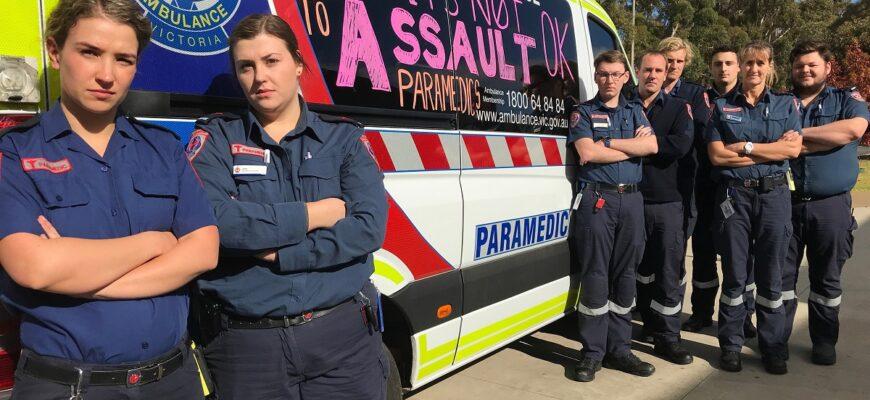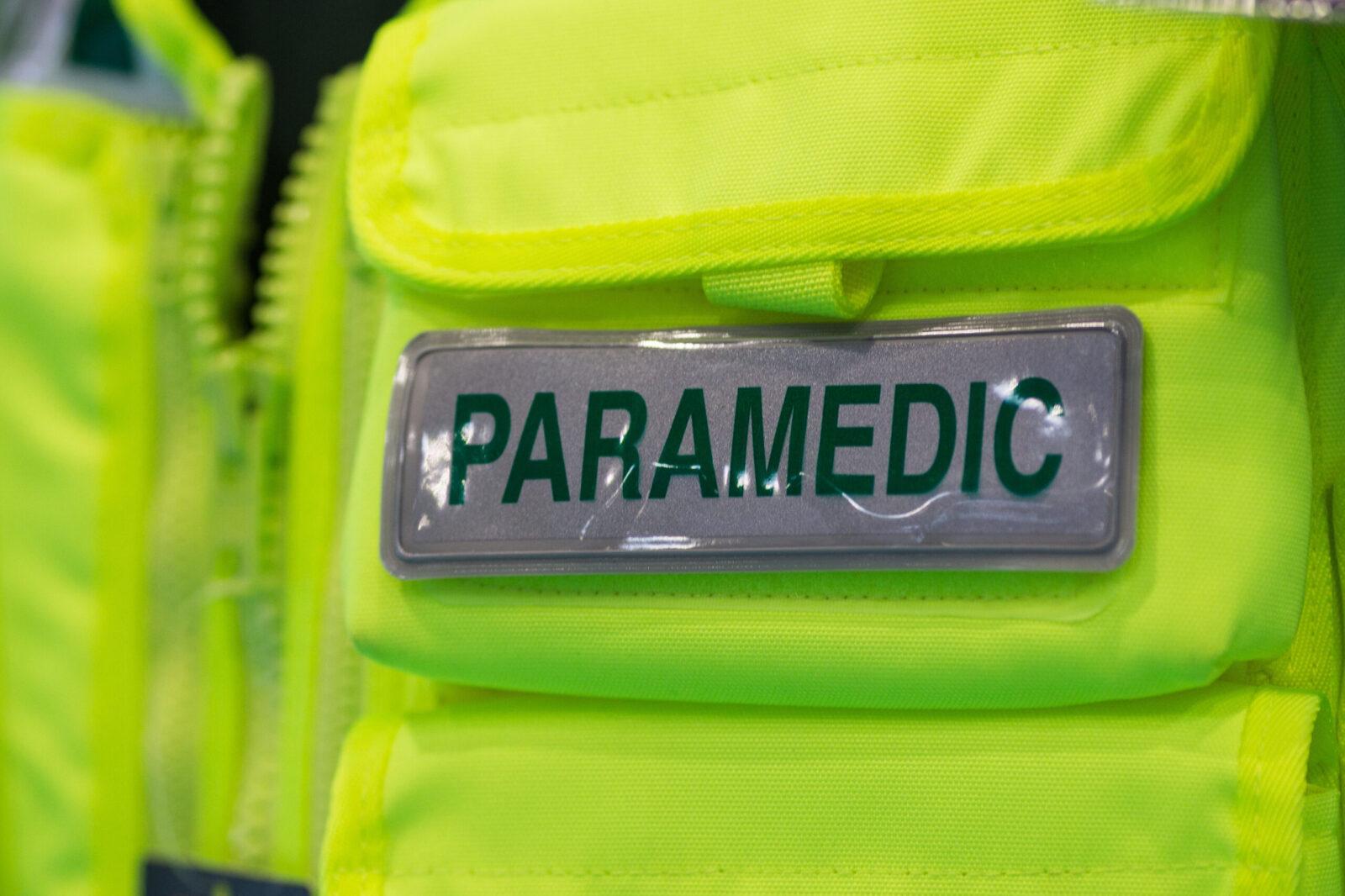If you are interested in a medical line and know how to handle pressure calmly on medical emergencies, but don’t think medical school is the right fit, pursuing a career as a Paramedic may be the perfect route. This type of role will provide a very different job experience from day to day, depending on the calls you receive.
What is a Paramedic?
In the world of Emergency Medical Technicians there is a very clear and achievable career path that greatly helps people to decide on where they want their careers to go. Many EMTs find that once they have achieved their EMT license and gain some experience, they want to extend the amount of help they are allowed to provide their patients. In addition the motivating factor is also the higher wages that come with greater training and experience.
In this article we will provide you with some very general rules and requirements that you should be aware of. If you do decide to take the step towards becoming a Paramedic then you should use the map below to take you to your state specific requirements and information about the training and application process.
General Requirements
- At least 18 years of age
- Having a criminal background check
- taking an approved Paramedic course and passing the relevant exams.
- NREMT certification
- Valid drivers license not a requisite for an EMT license but may be required for better job prospects
Educational/Entry Requirements
There are two years of degree programs in paramedic training. There’s a prerequisite of college-level biology, math and English in order to be accepted in a paramedic program.
The curriculum consists of both clinical training and classroom training at hospitals, ambulance companies and fire departments. A paramedic trainee studies anatomy and physiology, as well as courses such as advanced pediatric life support, advanced life support, and basic trauma life support.
Approved Training Course
It is very important that you only sign up for state approved training courses. This is relevant to both the Paramedic and CPR course, if required by your state EMS Agency. Before you register and pay for a Paramedic course it is recommended that you check with the EMS Agency in your state and verify that the training provider is indeed approved by the state.
Course length varies from state to state and among training providers but generally the training is spread over a 1 to 2 year period which includes a clinical field placement.
Criminal Background Check
While the process for the criminal background check varies from state to state, what remains the same is that certain criminal convictions will not allow you to become a licensed Paramedic. Some states publish the specific felony crimes they do not allow, while others suggest contacting the local Emergency Medical Services (EMS) Agency for further details. In all states, however, applications with criminal convictions are reviewed on an individual basis to assess the details of the crime. If you have a criminal conviction it definitely makes sense to find out first if the crime would make licensing impossible.
Examination Requirements
Almost all states require that you pass the National Registry of Emergency Medical Technicians (NREMT) exams in order to obtain a Paramedic license. The NREMT examination is divided into a practical exam and a written/cognitive exam. The written exam is provided through computer based testing, while the practical exam will require you to demonstrate procedures learnt during training.
Cognitive Examination
The cognitive exam covers the entire spectrum of EMS care. This includes ventilation, airways, oxygenation, Trauma, Cardiology, Medical and EMS Operation. The maximum amount of time you will be given to pass this portion of the exam is 2 and half hours.
Psychomotor Examination
The psychomotor examination consists of 12 separate skills laid out in scenario format to approximate the ability of the EMT-P to function in an out-of-hospital setting. The psychomotor exam portion of the paramedic NREMT exam will test your knowledge and competency in each of the following skills: Patient Assessment-Trauma, Cardiac Management Skills, Ventilatory Management, IV and Medication Skills, Pediatric Skills, Oral Station, and Random Basic Skills.
Certification and Licenses
To be nationally certified as a paramedic, you will need to already be certified at the EMT level, which means you’ll have to pass your state-approved EMT course and exam and possess certification in CPR-Basic Life Support. With these in hand, you can apply for the National Paramedic Certification through the National Registry for Emergency Medical Technicians. After that, you can apply for licensure, which will depend on where you live as requirements vary by state.
Training and career development
you could become a team leader, supervising other paramedics and emergency care assistants, specialise in a specific area like strokes, or work for the air ambulance. With additional training, you could become an experienced paramedic, which is a senior role with more responsibilities. Teaching, research and management roles are other options.
Roles & Duties of a Paramedic?
- Provides life-saving emergency support, to include opening an airway, administering oxygen, controlling bleeding, assisting in childbirth, and managing conditions in an acute state, such as allergic, diabetic, or cardiac emergencies
- Completes all patient care reports for each response with appropriate and complete documentation and billing information.
- Monitors mechanical condition of ambulance and inventory to ensure equipment is working and supplies are in order before each call.
- Must also be able to lift a stretcher and place it in an ambulance.
Paramedic Salary and Employment
The average annual salary for EMTs and Paramedics was around $35,000. Jobs in more urban parts of the country will likely pay more as well. According to the statistics, the job outlook for this category projected growing rate is 7% from 2018 to 2028. Yes, slightly faster than other sectors. Many paramedics may need to work overtime. Since emergencies such as car crashes, and health issues such as heart attacks are sure to continue, there will be an ongoing need for this type of trained emergency personnel.






